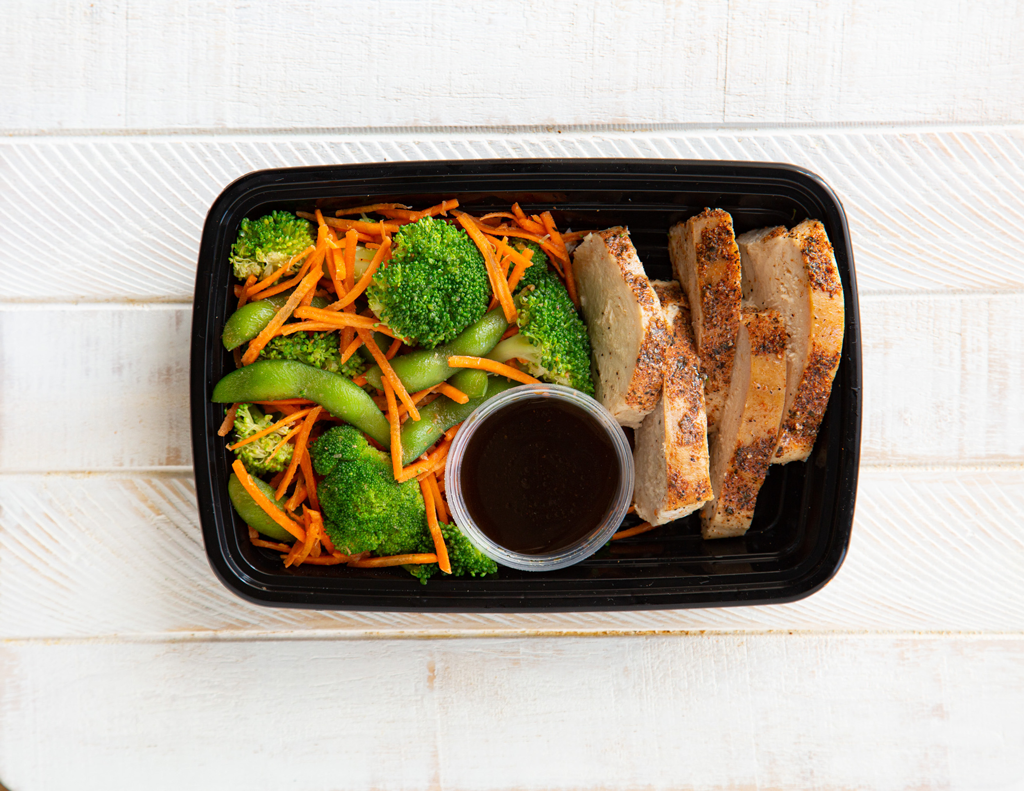Low-carb diets limit the intake of carbohydrates–a substance primarily found in sugary foods, bread, and pasta. Studies show that a diet low in carbohydrates can increase positive health markers and can lead to weight loss.
While low-carb diets have been common for decades, many people still have questions about exactly what “low-carb” means.

That’s why Fit Five Meals has put together this low-carb guide:
What is “low-carb”?
A low-carb diet means that you eat fewer carbohydrates and eat a higher portion of healthy protein and fat. Sugars and starches–those things you avoid on a low-carb diet–cause spikes in insulin levels. Sticking with proteins and natural fats helps to alleviate those spokes and increase your body’s ability to burn through stores of fat.
About fat: on a low-carb diet you don’t have to be overly concerned with naturally occurring fats. Limiting sugars and doubling down on proteins and healthy fats can increase feelings of satiation and promote weight loss.
Low-carb diets can make it easier to lose weight and help to control your blood sugar levels.
What should/shouldn’t I eat?
Low-carb diets are some of the simplest to follow. Instead of counting calories or tracking other nutritional numbers, the low-carb diet identifies one thing–carbohydrates–to avoid.
Eat This
Meat and fish are great staples of a low-carb diet. Eggs, natural fats like butter, and vegetables–especially those grown above ground–help to fill out a low-carb grocery list while making it possible to get all the nutrients you need.
Don’t Eat This
Sugars and starches. That’s it. Avoid breads, pasta, rice, beans, and potatoes.
While eating a low-carb diet seems easy, finding foods that you enjoy to replace former staples can be tough. That’s where Fit Five Meals comes in. We’ve got delicious, pre-planned, and pre-made meals to fit your low-carb lifestyle. Want to know more? Here’s how it works.
